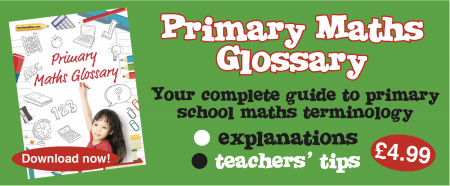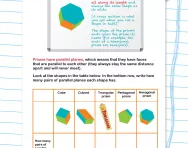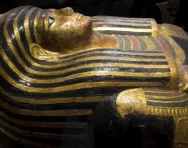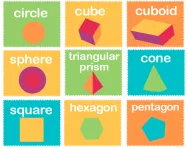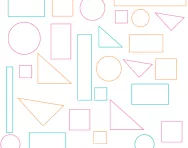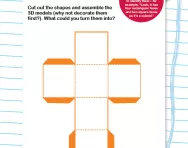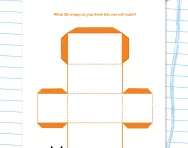Important update from TheSchoolRun
For the past 13 years, TheSchoolRun has been run by a small team of mums working from home, dedicated to providing quality educational resources to primary school parents. Unfortunately, rising supplier costs and falling revenue have made it impossible for us to continue operating, and we’ve had to make the difficult decision to close. The good news: We’ve arranged for another educational provider to take over many of our resources. These will be hosted on a new portal, where the content will be updated and expanded to support your child’s learning.
What this means for subscribers:
- Your subscription is still active, and for now, you can keep using the website as normal — just log in with your usual details to access all our articles and resources*.
- In a few months, all resources will move to the new portal. You’ll continue to have access there until your subscription ends. We’ll send you full details nearer the time.
- As a thank you for your support, we’ll also be sending you 16 primary school eBooks (worth £108.84) to download and keep.
A few changes to be aware of:
- The Learning Journey weekly email has ended, but your child’s plan will still be updated on your dashboard each Monday. Just log in to see the recommended worksheets.
- The 11+ weekly emails have now ended. We sent you all the remaining emails in the series at the end of March — please check your inbox (and spam folder) if you haven’t seen them. You can also follow the full programme here: 11+ Learning Journey.
If you have any questions, please contact us at [email protected]. Thank you for being part of our journey it’s been a privilege to support your family’s learning.
*If you need to reset your password, it will still work as usual. Please check your spam folder if the reset email doesn’t appear in your inbox.
What are prisms and pyramids?
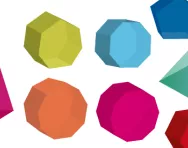
What is a prism?
A prism is a type of three-dimensional (3D) shape with flat sides. It has two ends that are the same shape and size (and look like a 2D shape). It has the same cross-section all along the shape from end to end; that means if you cut through it you would see the same 2D shape as on either end.
Prisms taught in primary school
| Cube |  |
| Cuboid |  |
| Triangular prism |  |
| Pentagonal prism |  |
| Hexagonal prism |  |
| Octagonal prism |  |
Apart from a cube and a cuboid, if you know the name of the polygon / 2D shape on the end of the prism it is easy to work out the name of the prism! (Triangle / triangular prism; Pentagon / Pentagonal prism, etc.)
NB: A cylinder has two ends with the same shape (a circle) but because it has curved sides it is not a prism.
What is a pyramid?
A pyramid is also a three-dimensional (3D) shape. It has a polygon base and flat (triangular) sides that join at a common point (called the apex).
We often think of the famous pyramids in Egypt when the word ‘pyramid’ is mentioned. The Egyptian pyramids are square-based pyramids, but there are several other types of pyramids, each with a different polygon as its base.
| Square-based pyramid |  |
| Triangular-based pyramid | 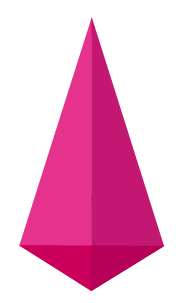 |
| Pentagonal-based pyramid |  |
| Hexagonal-based pyramid |  |
| Octagonal-based pyramid |  |
Prisms and pyramids in primary school
Year 2 children will be taught to name and identify prisms and pyramids in their learning of 3D shapes. They will learn to describe their properties for example the number of faces, edges and vertices. Children will be given colourful plastic models of 3D shapes to help them practise counting the number of faces, edges and vertices. They may be asked to complete tables to record their results.
| 3D shape | Prism or pyramid? | Faces | Edges | Vertices |
| Cube | Prism | 6 | 12 | 8 |
| Triangular prism | Prism | 5 | 9 | 6 |
| Square-based pyramid | Pyramid | 5 | 8 | 5 |
| Triangular-based pyramid | Pyramid | 4 | 6 | 4 |
Year 3 children will be taught to use modelling materials to make prisms and pyramids as well as nets for prisms and pyramids. Children could be given cardboard prisms and pyramids that they can unfold to see what a net looks like and might be asked what 2D shapes are needed to build the 3D prism or pyramid.


Year 5 children will be taught to identify prisms and pyramids from 2D representations (pictures of the shapes).
